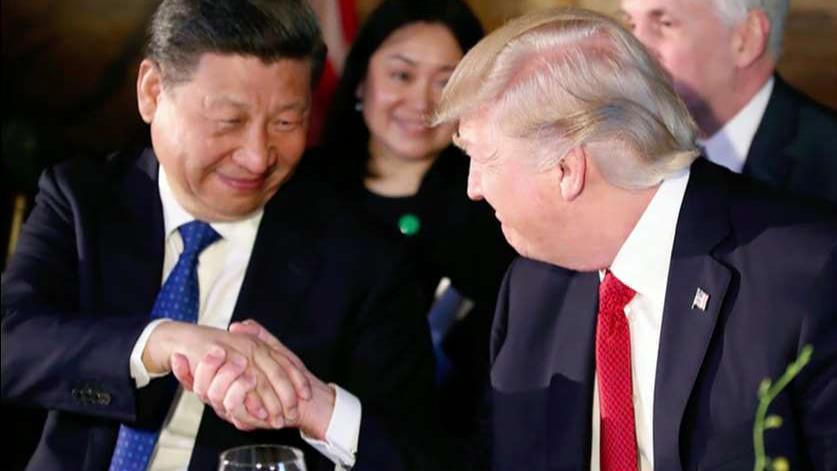US-China trade war: How to know when a 'real deal' is coming
The U.S. and China are headed back to the negotiating table on Thursday after a series of concessions that cooled the trade war between the world’s two largest economic powers.
The deputy-level discussions will prepare the two sides for the 13th round of trade talks, which are scheduled for next month in Washington.
“A further delay of October tariffs has become a real possibility, which could add up to a multi-month respite from trade escalation,” New York-based Morgan Stanley Strategist Michael Zezas wrote Sunday.
The U.S. and China have been close to a deal before, only to see the talks break down and the trade war escalate. On May 8, the U.S. accused China of backtracking on almost all aspects of a deal, and two days later more than doubled tariffs on $200 billion of Chinese goods. That set off months of escalation in which ease side raised duties on the other's goods.
Zezas says it’s important to “separate the signal from the noise” when trying to decipher if a “real deal” is coming together. He says the signal would be “meaningful concession” preceded by one of three circuit breakers:
- Weakness in risk assets
- A slowdown in economic data
- Increased political risk
“Any of these would create incentives for one or both sides to make concessions on core issues,” Zezas wrote, adding that he doesn’t think that any of the elements are there yet.
Equity markets in the U.S. remain strong, with the S&P 500 less than 1 percent from an all-time high. While China’s Shanghai Composite is 10 percent below its April peak, it has been rallying in recent weeks.
Both countries have seen their GDP growth slow since the trade war began.
China’s GDP expanded just 6.2 percent in the second quarter, its weakest since 1992, and is expected to slow further without a resolution to the trade war.
“With more extensive and higher U.S. tariffs activated, we expect stiffer headwind on Chinese exports," which will thwart investment in expansion such as new factories and become the catalyst for policy turnaround, a team of Hong Kong- based economists at Bank of America Merrill Lynch wrote on Sept. 4. They see China’s growth slowing to 5.7 percent in 2020.
But the U.S. economy has been slowing down too. Second-quarter GDP grew at a 2 percent annualized rate, down from 3.1 percent the prior quarter. That's considerably less than President Trump's goal of 3 percent to 4 percent economic growth.
Sal Guatieri, senior economist at BMO Capital Markets, sees the U.S. economy’s growth slowing to 1.9 percent in the third quarter and getting weaker into next year.
“Economic growth is expected to stay modest at 1.6 percent in Q4 and 1.8 percent in 2020, with the drag from trade protectionism tempered by easier monetary policy and about $50 billion of new federal spending announced in the July budget deal,” he wrote.
Political risk appears to be limited in both countries as Trump’s poll numbers have remained steady and Chinese President Xi Jinping has been granted the ability to remain president for life.
CLICK HERE TO READ MORE ON FOX BUSINESS
“Unless those circuit breakers are tripped in the coming months, we’d expect the tariffs to eventually take effect (even as another delay of the upcoming October 15 tariffs remains a distinct possibility), keeping pressure on risk assets over the medium term,” Zezas concluded.

